-
Posts
486 -
Joined
-
Last visited
-
Days Won
2
Content Type
Profiles
Forums
Blogs
Gallery
Events
Store
Posts posted by spolei
-
-
Hello,
missing is the
first class crown and swords for Feldwebelleutnante and officians in the bavarian ministry of war.
Regards Andreas
0 -
Hello,
a very nice bar. The stamp on the backside is from the manufacturer Hemmerle.
The MVO has a pre-war ribbon.
Sorry, that I can't identify the owner.
Regards Andreas
0 -
Thanks for the help Andreas, very interesting.
The GH MVO4X (pictured earlier) weighs 27.99g
This JL weighs 22.60g
Hello Alan,
here the weights of my MVO's 4th class/ swords with golden medaillon.
JL ( the same typ 1) 24,38 g
Hemmerle 27,70 g
Weiss 30,00 g
Sorry but I have no third class and higher and also no weights of these class.
Regards Andreas
0 -
Hello Andreas
I have to agree not the best workmanship compared to the likes of Jacob leser and Gebrüder Hemmerle.
Thr poorer quality manufacture and the type of the lion made me think Weiss.
Who where the makers who produced "with crown"?
Are the MVK1XmKr usually found with mm?
Hello Alan,
I know only the manufactureres Leser and Hemmerle for the first class crown and swords, who made this class in wartime.
The crosses are only the early variations. This cross had been awarded to 150 - 160 people, and it was returnable.
It is a very rare class and very expensive.
Weiss made only first classes with swords. Here my piece from Weiss with retrofittet Hemmerle swords.
Regards Andreas


 0
0 -
Hello Alan,
the fourth class was shaped of one piece of silver.
The third class and higher was made of gold.
The flames of the third class and higher were made hollow. So the cross is even lighter than the fourth class.
The flames used separately. From 1917 on, only silver plated crosses had been manufactured, the flames were also hollow.
Look a picture of the fixing of the flames.
Regards Andreas
Sorry, but I have to delete this picture, because I haven't ask the owner.
0 -
Here you go Andreas,
Hello Alan,
this is a fourth class. The marking 980 is for silver. The flames should have no fixing with the crossarm.
This type of MVO is an early type with golden frame and medaillon, but the third class is marked with 570 ( for gold).
The golden color can also be patina.
Regards Andreas
0 -
BVO 3.Kl mX Ring mm 900, Swords unmarked, mm JL 950 Jacob Leser
Hello,
nice Leser MVO. I think it is a fourth class. Can you show me a detailpicture from the fixing of the flames. Are they fix with the crossarm?
Regards Andreas
0 -
Hello,
I wouldn't buy this cross. Weiss produced the first class, but not with crown.
Look at the enamel at the belt, that looks very ugly.
Regards Andreas
0 -
Hi Andreas,
Officer that appeared in both pics was Obst Richard Satow, Kmdr of Kav Rgt 5 33 to 37. He was later GenLt and Kmdt v Stettin. A rare bird he was to sight!
Cheers
Elwyn
Hello,
here is another pic from 1937 with Oberst Satow.
Regards Andreas
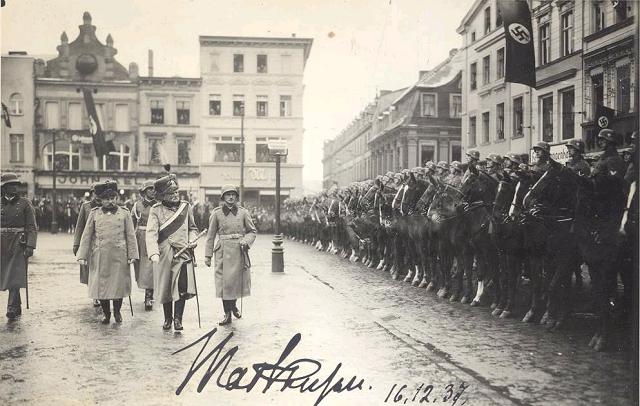 0
0 -
Ok, here is No Three ...
One of the most well made MVKs come from Gebrüder Hemmerle in München , strangely the box looks rather simple
Notice the difference in size compared to the other two, and the plain lock plate , but whats inside is Mmmmm
Christer
Hello Christer,
the big Hemmerle-box is verry intersting. I've never seen such a big box from Hemmerle.
The type of closure I know so do not even.
Can you even show a better picture of the manufacturers stamp on the inside.
The blue boxes were replaced from the red paper-boxes at the end of war.
The red boxes were much cheaper to produce.
Nice cross.
I would date the Hemmerle Cross in 1916.
Regards Andreas
0 -
Hello Don,
that's the problem. I would exclude the producer Godet, but I don't know the other producers in the 20th and 30th. A lot of medals were "faked" in the 80th and 90th.
Regards Andreas
0 -
A wearer's copy.
Hello Don,
do you know the age of this kind of copy?
There is no FEK on the bar, so it would be sewed before 1934.
Regards Andreas
0 -
Hello,
last year I've got a EK2 marked "Fr" in a early grey box.
Regards Andreas
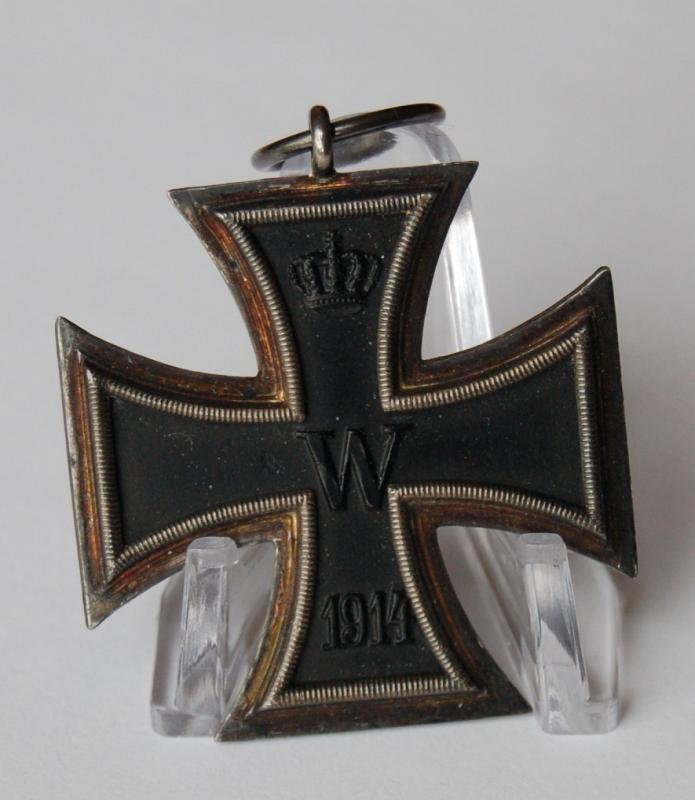
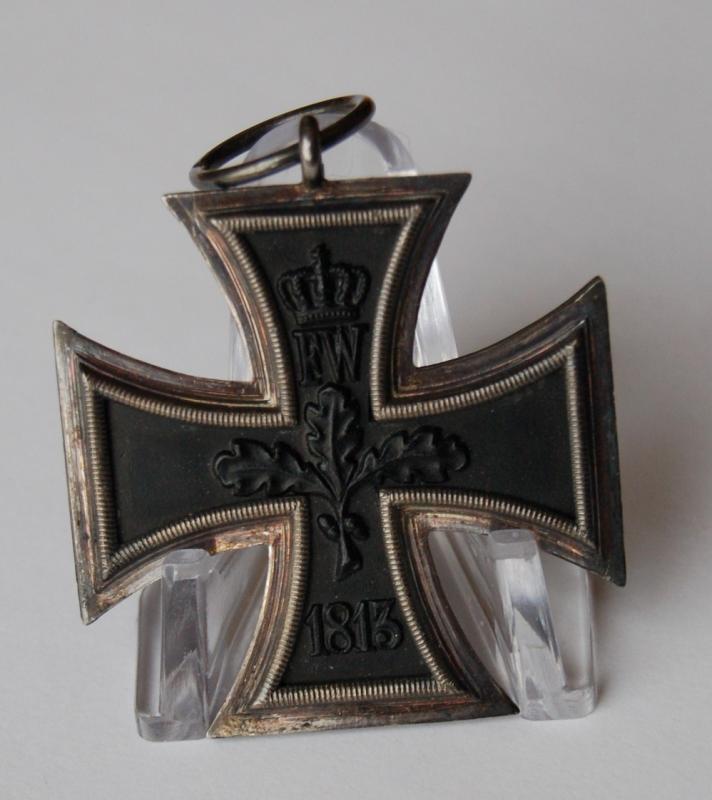
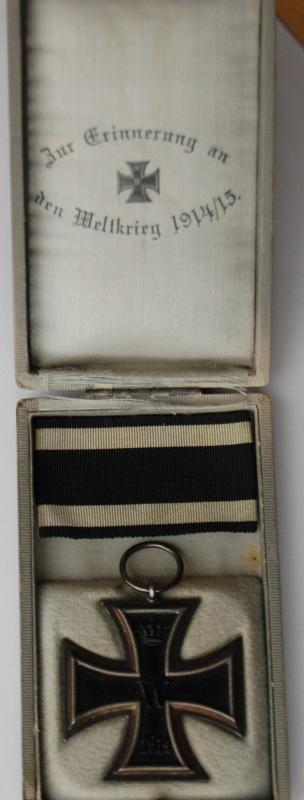
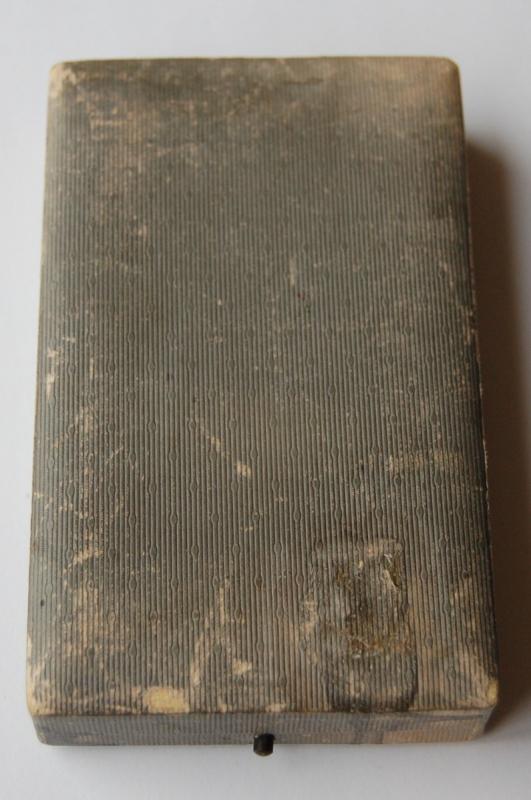 0
0 -
Hello Chris,
would you show me the backside of the silver medal, with a better foto of the eyelet ?
The engraver was Ries, not Reis. The medals with the big portrait are all Ries-medals, if they are original

Regards Andreas
0 -
Thanks,
its terrible writing, I got the Sch ..ei... and I thought it was Schneider
Hello Chris,
I could find him on ancestry.
Heinrich Asche, born 24.11.1888 . Hometown Fürth Mittelfranken.
Awards bayr. Militärverdienstkreuz 3. Klasse X, Verwundetenabzeichen.
Regards Andreas
0 -
Thanks a lot, the details about the MVK are very interesting...I suppose they are in some diferent degree???
Regards
Miguel
Hello Miguel,
in wartime ther were five official producers of the MVK and three producers of the MVO. Hemmerle, Leser und Weiss produces both kinds. Lauer and Deschler produced only third and second class of MVK's.
Here is a thread, where you can see a lot of different MVK's
http://gmic.co.uk/index.php/topic/57227-bayerische-militrverdienstkreuz-321-klasse/?p=531978
The individual levels of MVK were dependent on the rank of the mortgaged soldiers.
Third Class swords soldiers and corporals
Third Class crown swords sergeants (Unteroffizier) and sergeants (Sergeanten)
Second Swords class sergeant (Vizefeldwebel, Feldwebel) and cadet (Fahnenjunker)
Second Class crown and swords warrant officer (Offiziers-Stellvertreter), cadets (Fähnrich)
First Class with swords warrant Officers (Feldwebelleutnant)
First Class crown swords, Warrant Officers, mid-level officials in the Ministry of War.
Regards Andreas
0 -
Hello,
here my one and only mini from a bavarian seaman.
Regards Andreas

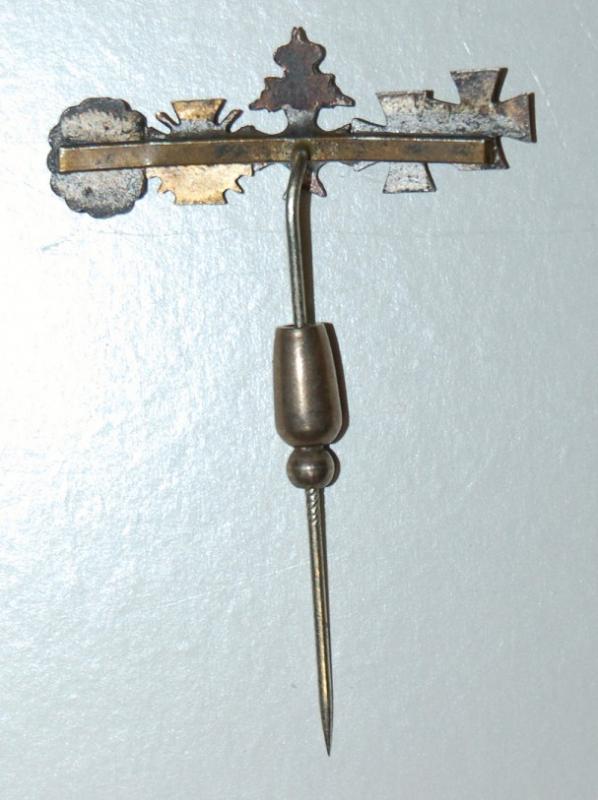 0
0 -
Hello,
my grandfather does his basic military training in 1935 in Stolp/Pommern. His unit was the 5. Kavallerie-Regiment.
Mackensen was the chief of this regiment. This two fotos are from my grandfathers pictures.
I think, the wreath was laid down by Mackensen on Blücher monument in Stolp/Slupsk.
The first and the second company were the "Leibhusaren", the third was the "Blücherhusaren". Only the first and the second company carried the skull of the Leibhussaren between eagle and Korkade (oakleaves), this time.
Regards Andreas
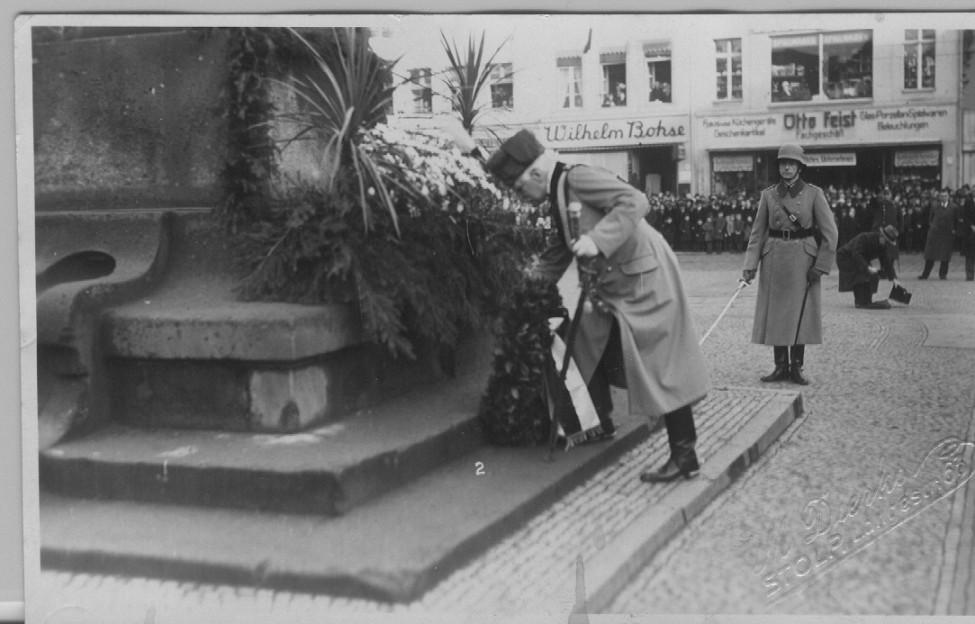
 0
0 -
Hello,
the " Landwehr Dienstauszeichnung 1. Klasse" is a very nice dekoration. It is made of silver. There are some variants, because this decoration was awarded over 40 years. It was foundet in the 1870th.
One-piece variants and crosses with seperat medaillons. I know the producer Weiss&Co, Quellhorst and Hemmerle.
Regards Andreas

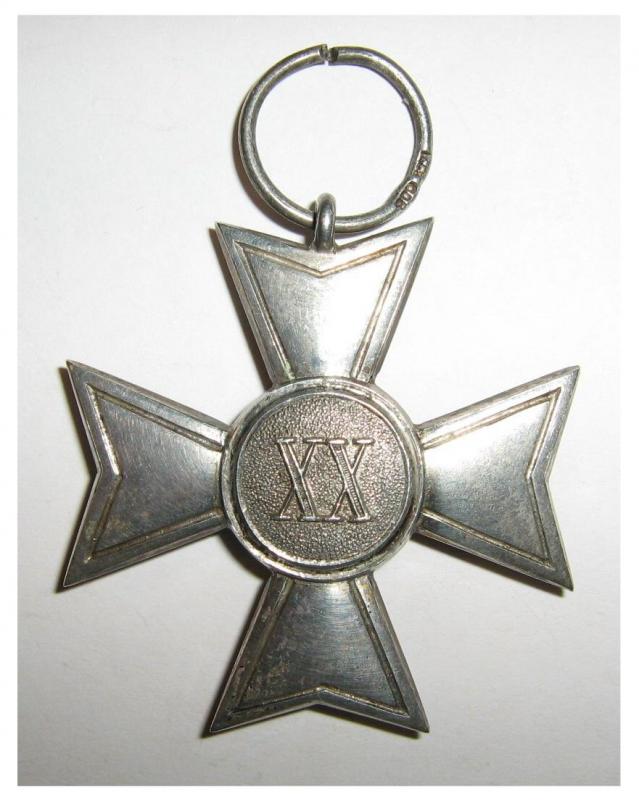 0
0 -
I really nice this bar. It has a very nice look to it. I've always liked the King Ludwig Cross.
I must say the Landwehr Service medal is extremely nice. I've never seen one.
Hello,
the Landwehr service medal first class for 20 years was awarded to Landwehr officers.
The medal is relatively rare because it was returnable.
@ Beau Newman
a very nice bar, made for civillian clothes ( in german Frackspange). It should have been a Hauptmann (captain) of the bavarian Landwehr.
Regards Andreas
0 -
Hello hipnos,
the second bar, is a bar of an Unteroffizier (NCO) with 9 years service Medal. The first bar is a little bit difficult to classify.
The most awards are prussian, only the MVK is bavarian. The Kriegshilfekreuz in the middle is for non-combattants, the EK and the MVK for combattants.
Possibly he was at the beginning of WW1 in the garrison and become later a combattant.
Regards Andreas
PS: the MVK with X is a Deschler, the MVK with crownX is a Hemmerle.
0 -
The fifth producer is Deschler. In 1918 deschler produces one-piece variants in the different materials ferrous-metal and zinc.
Look at the agraffe of the one-piece-variants, there is available a lot of excess material .
Deschler is a widespresat variant and ther are a lot of small differences here the main variants.
Left the regular model wit seperat medaillons. In the middle one piece ferrous-metal and left side one-piece zinc.
Deschler made second and third classes of MVK.
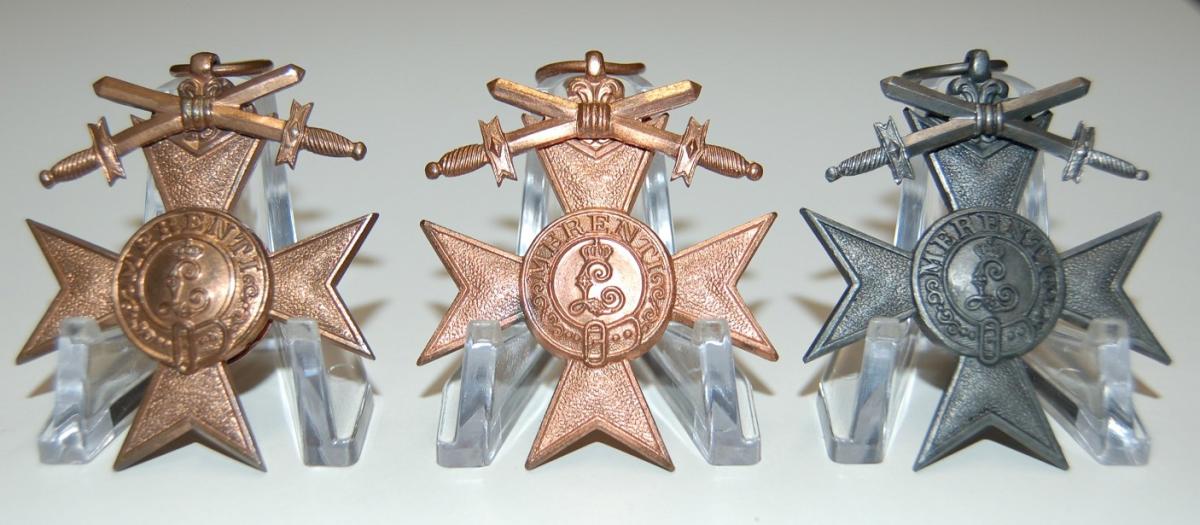
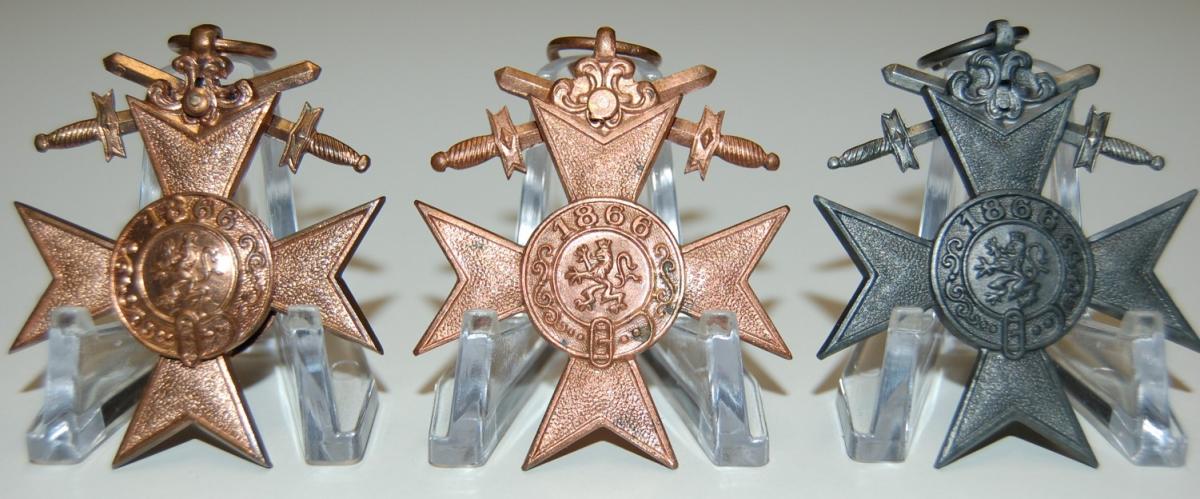 0
0 -
Lauer produces for the bavarian Ordenskanzlei till 1916, then after the WW1.
Lauer produces third and second classes of the MVK.
We differ two types. Typ1 with strong swords (right side) and Type 2 (left side)
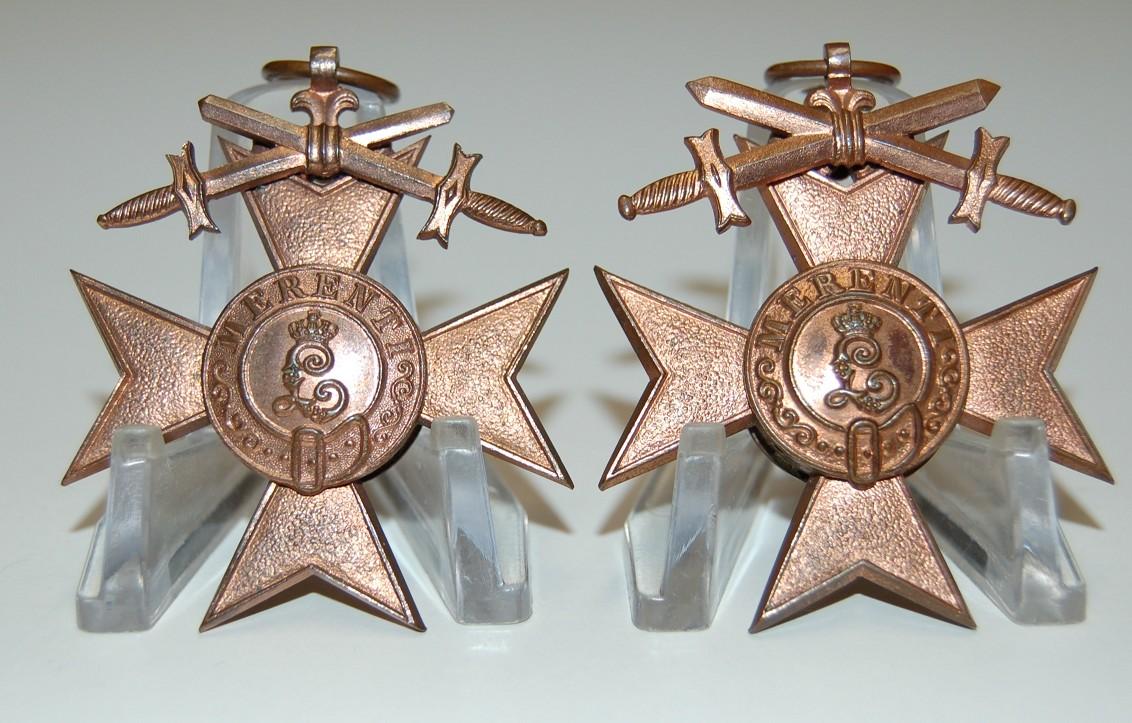
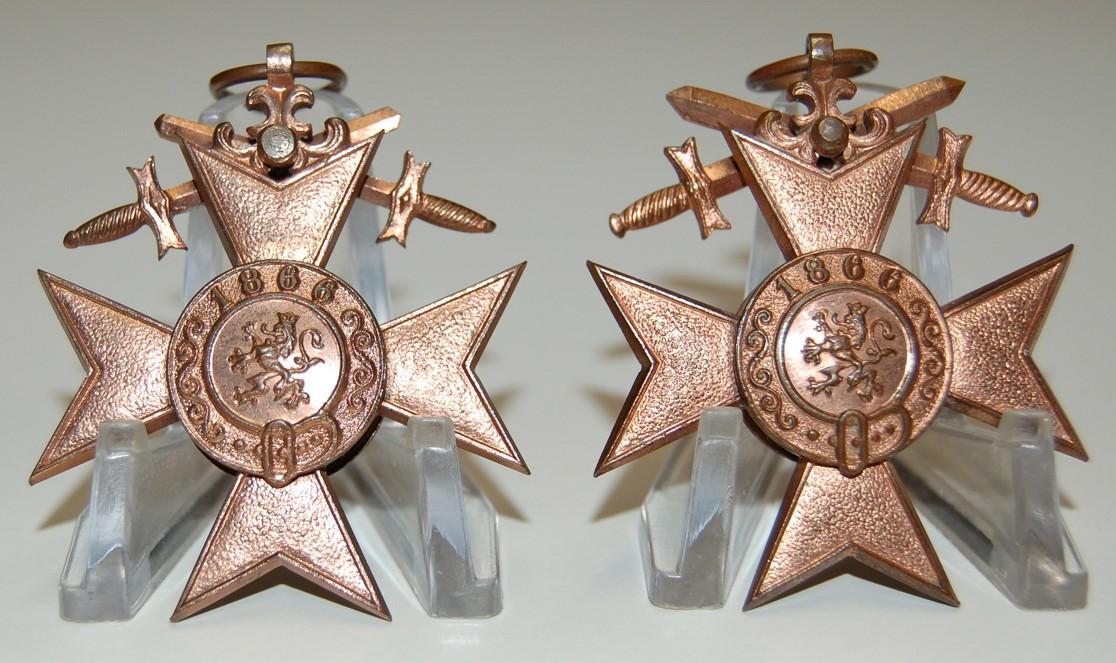 0
0 -
Third producer is Weiss
Weiss has the biggest swordgrips. Differences are in the medaillons. Look at the tail of the lion. There is a lion with one tail and a lion with a double-tail.
Another variation is a onepiece-variation, only known in the third class with swords and crown/swords variant.
The one-piece variant was produced at the end of war.
Weiss produces all classes, without the first class crown/swords variant
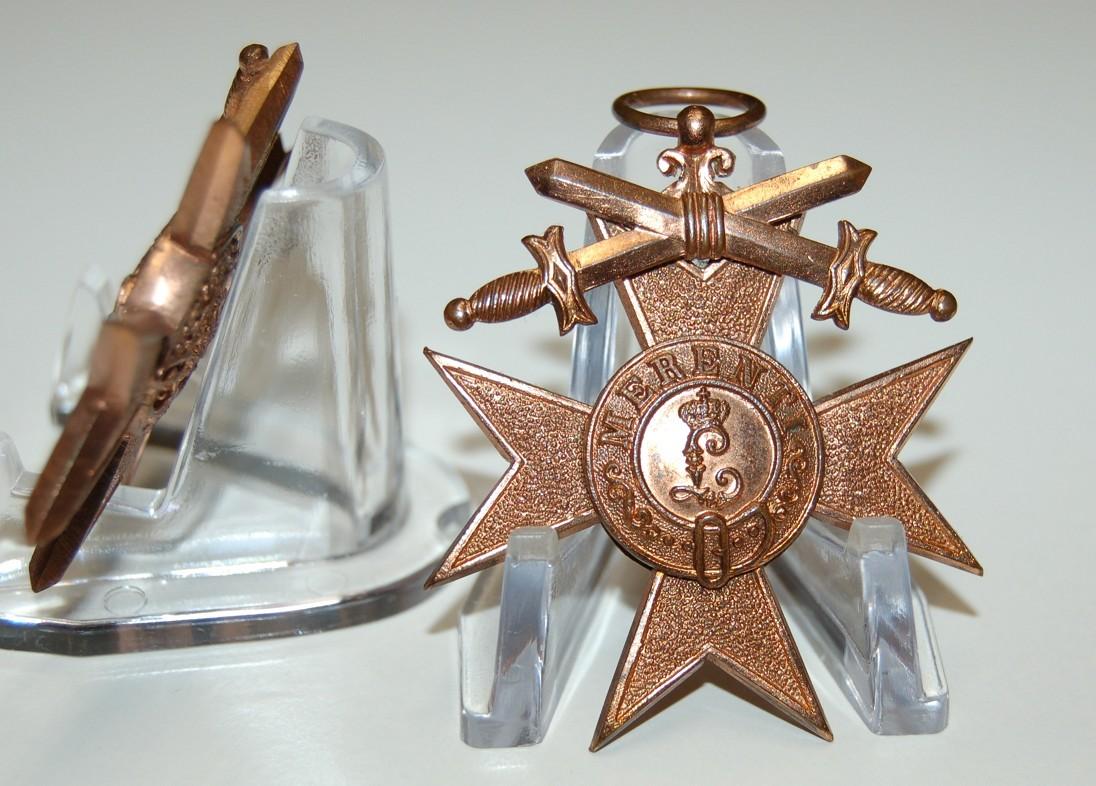
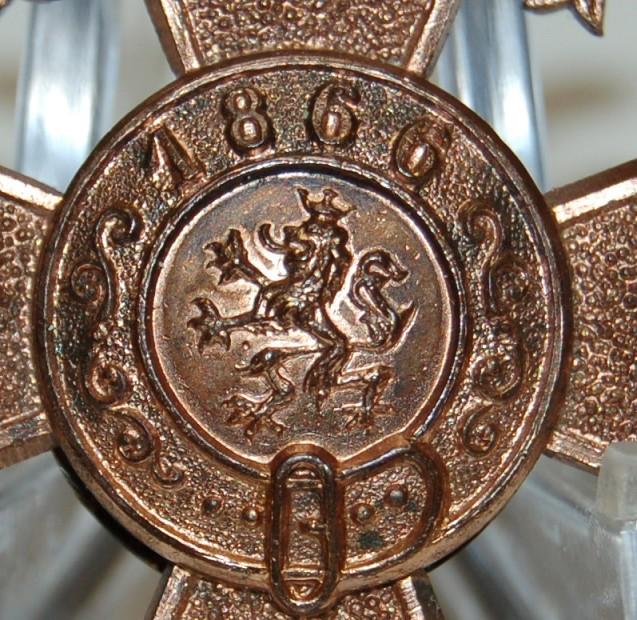 0
0



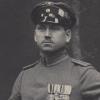
Bavarian Officer medal bar - please help ID
in Germany: Imperial: The Orders, Decorations and Medals of The Imperial German States
Posted
Hello,
I have to look, when the crown of the MVO was awarded. I think it was also in 1905.
On the bar, I'm missing the Centenarmedal. The officer has the servicemedal for 24 years, so the medal was given to him.
Regards Andreas